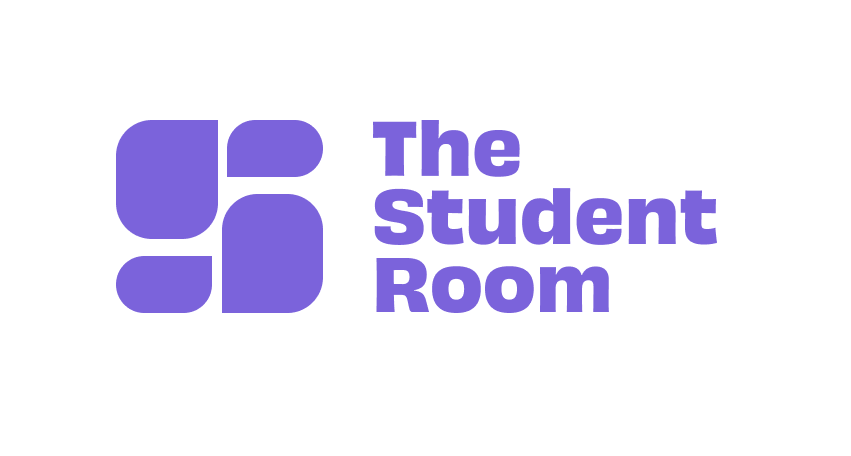We were recently invited to attend an exam board briefing where we got the low-down on this year’s anticipated media predictions for Results Day.
We’re sharing key insights from our experience with you, so you can you can get a flavour of where the media interest lies and shape up your Results Day PR.
THE IMPACT OF FEWER AS LEVELS
The roll-out process of linear A-levels is ongoing, leading to a 60% decrease in exam entries for AS. Now students are required to pick three A-levels and continue them throughout their two years, as opposed to choosing four subjects and dropping one AS, which was the case previously.
The only exception for this has been in Maths which continues to be a modular course. The vast majority of A-level Maths students will sit the regular exams, so you can expect a similar pattern to last year.
However, exam boards have set a new linear Maths paper this summer which has been adopted by roughly 2,000 Year 12 students looking to take Further Maths in their second year. Therefore, the results for this new course are expected to be very high. This is not due to the course being easy but because the brightest and most able students will have undertaken the new exam this year.
MORE STEM STUDENTS AT A-LEVEL
Entries in STEM A-levels subjects such as Biology, Chemistry, Physics and Maths have shown a slow and steady growth in the last few years. There is a consequent decrease in entries for arts and humanities subjects such as English, History and Geography.
This correlation could be due to the increasing perception that STEM subjects have been seen as high value for employability.
PATTERN ON A-LEVEL RESULTS DAY 2018
The principle of “comparable outcomes” applies again this year, meaning exam boards have kept standards the same, so you can expect similar results to 2017.
However, there is an element of “centre volatility” as the linear courses are new to teachers, meaning some might take longer than others to get used to teaching the curriculum, which can have a direct effect on grades.
This year there’s also uncertainty around the impact of the rise in unconditional offers. We’re yet to know how the increase has influenced students but we know students react to unconditional offers in different ways.
GCSE GRADE REFORM
The new 9-1 GCSE grade boundaries have rolled out across all the big subjects this year.
This is the first-time students might not get the same grade for Double Science. Students will be receiving two GCSEs for Double grade Science which will either be equal or sequential.
Most tiered GCSEs will continue to have lower grade boundaries (Sciences and Maths). In November 2017 students only needed 13% on the Higher paper to achieve a 4 which is a ‘standard pass’.
We can also expect confusion to continue around the new 9-1 grading system for GCSE students, in particular on what the grade requirements are to start an A-level programme.
INDEPENDENT COMMISSION FOR EXAM MALPRACTICE
Last year, 2,715 students were penalised in exams for malpractice, a 25% increase from 2016. This has led to the setting up of an independent commission into malpractice and the effect of social media and new technologies. The investigation will begin in September 2018 and report in the Spring of next year.
Want to find out more? Talk to us about how The Student Room can enhance your PR strategy and put your brand in the centre of student discussion.

